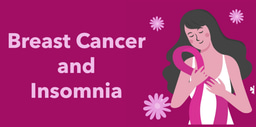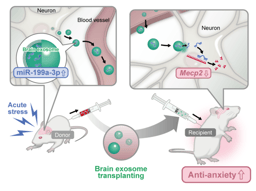Do we really know about complex collective interactions of abnormal cardiac waves?
Published in Chemistry, Physics, and Protocols & Methods

We were searching for synchronization and chimera-like collective dynamical states for spiral waves in the Belousov Zhabotinskii reaction. One may definitely ask- why? In the last two decades, scientists have been fascinated with the term 'Chimera,' though almost the same thing as 'Partial Synchronization,' was coined by many almost three decades back around 1990, around the breaking of the Soviet Union. Intentionally, I mentioned the Soviet because it is the birthplace of the Belousov-Zhabotinskii (BZ) reaction.
Let me first tell the importance of these spirals in a BZ reaction. Spirals and its three-dimensional version, 'scroll,' are excitable waves. Now, what is that? In simple language, that system is excitable if it gets excited upon some perturbation. Our cardiac system is also excitable. One more lucid definition can be given as 'damping free waves'! Imagine you have thrown a stone in the middle of a waterbody, let's say, a pond. You will notice an outwardly propagating circular wave, but for how long? Not much, right? Why? Because of the damping phenomena. If damping was absent, what would happen? You will be able to see a sustained wave. You might have seen the "ECG" report on human beings. Definitely, you have; what do we see there- wave patterns of the electrical signal? The wave will sustain till a person dies. I think now it is clear why our cardiac system is an excitable one. Spiral waves form in the cardiac system and are compared with abnormal cardiac waves (mainly in patients with tachycardia). If multiple wavelets (through a spiral breakup) are formed, that leads to more dangerous situations like ventricular fibrillation (1). Heart attack is one of the leading causes of death in developed and developing countries. We study spiral wave dynamics in the context of the human cardiac system.
If spiral waves are abnormal cardiac waves, which may lead to fatal outcomes, one researcher will obviously try- how to terminate these waves! Yes, that is one primary type of study going on in the scientific community for a few decades. There are works that suggest various gradients are capable of drifting and then terminating the spiral at the boundary. But why is there a need to study the collective dynamics of these spirals? I believe that understanding the collective behavior will lead to understanding the mechanism before reaching more fatal situations, and maybe in the future, science and technology will be able to modify the dynamics and bypass the phase reaching a dangerous outcome. It may sound like a dream! Let's leave it here. Let me go back to the story as well as history, going back to the Soviets again. Belousov was trying to mimic the Krebs cycle when he first observed the peculiar oscillation around 1950! He could not explain how this oscillation did not violate the second law of thermodynamics before the work taken seriously by Zhabotinskii and then theoretical development by Ilya Prigogine and others. Why is this reaction so important? It gives sustainable patterns in controlled conditions. And now, we can say it is one of the best laboratory models to understand cardiac excitable waves. It is well known that if scrolls are pinned to heterogeneity, lifetime increases. If heterogeneity is attached to spirals, the frequency of the spiral changes.
As said above, we were in search of synchronization and partial synchronization dynamics in our system for a better understanding of the collective dynamics of spirals formed in our hearts. We chose pinned/anchored spirals. These can also be correlated with the situation in which the cardiac waves may get attached to heterogeneities present in cardiac tissue. Heterogeneities may be scar tissue, which may be other obstacles. In our first study of this kind, we took counterrotating spirals pinned with heterogeneity of different diameters and found the counterrotating pinned spiral synchronizes(2). Then we moved for a network of a similar kind but with little intuition I, started to look at corotating one! Don't know why and also without expecting any result. My first goal was to form a corotating spiral properly, believing that if spirals form in our hearts, they will not obviously rotate counterclockwise all the time. What will be the dynamics then? Will that be the same? Now, we have the answer: No. Counterrotating pairs pinned to obstacles of the same diameter always reach complete synchronization, but there remains a lag if they are corotating. Then we also looked for a triangular geometry, but this was not intentional, rather accidental. After analyzing all the results, we tried to connect it with a higher-order network. There may remain open debate on the system. Can we call it a higher order with just three rotors? But, in a diffusive media, I think the interaction is beyond pairwise and a higher-order network. What is higher order? And why am I talking about this? In a straightforward language, a more complex network and more complex interaction are the basic properties of a higher-order network. More spirals in our hearts and their rotation may lead to complex interactions. Does their synchronization behavior lead to any fatal condition, or does the mechanism involve both synchronization and partial synchronization together? We do not know. The future will explain.
(1) 10.1016/j.hrthm.2022.06.015
(2) 10.1103/PhysRevE.106.034201





Please sign in or register for FREE
If you are a registered user on Research Communities by Springer Nature, please sign in